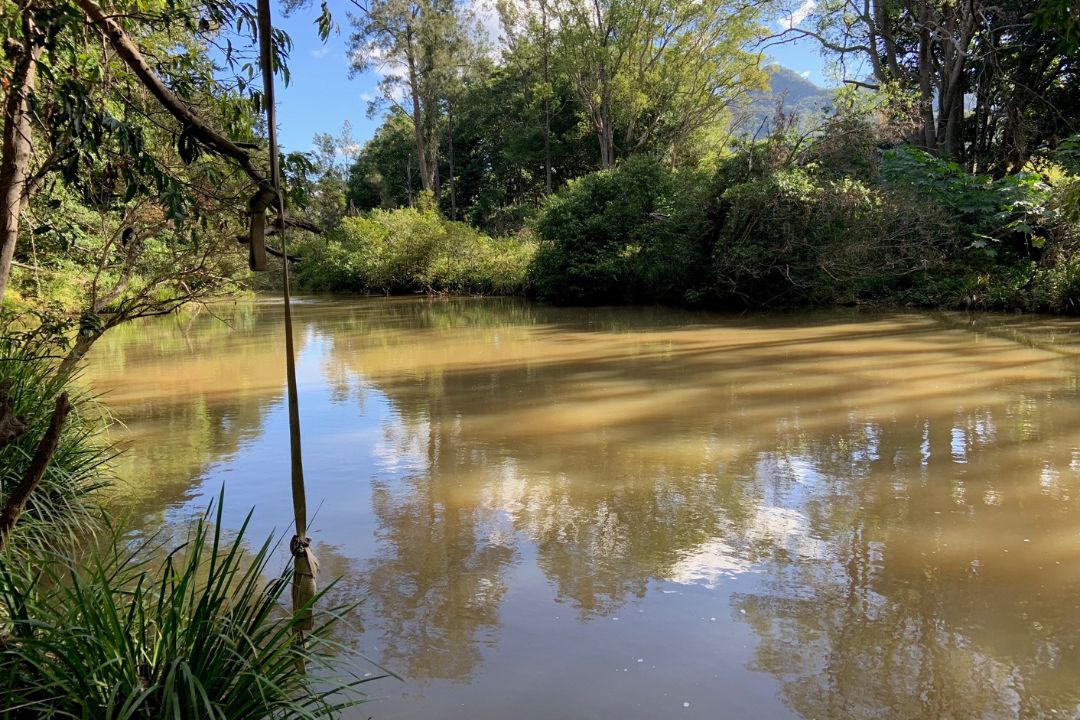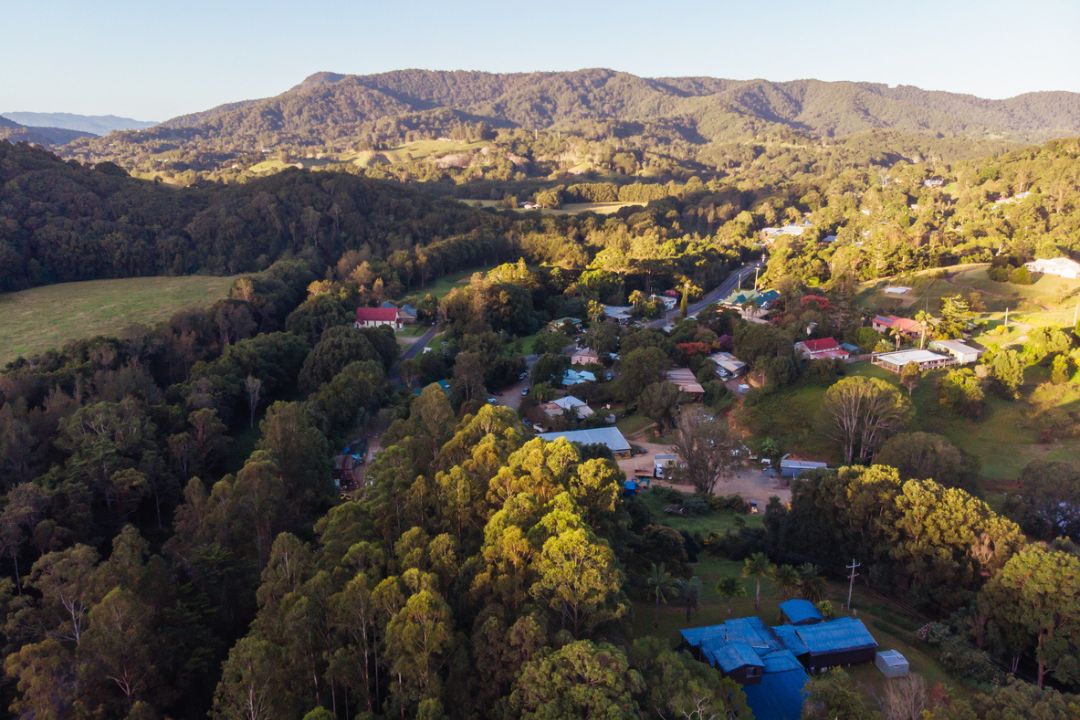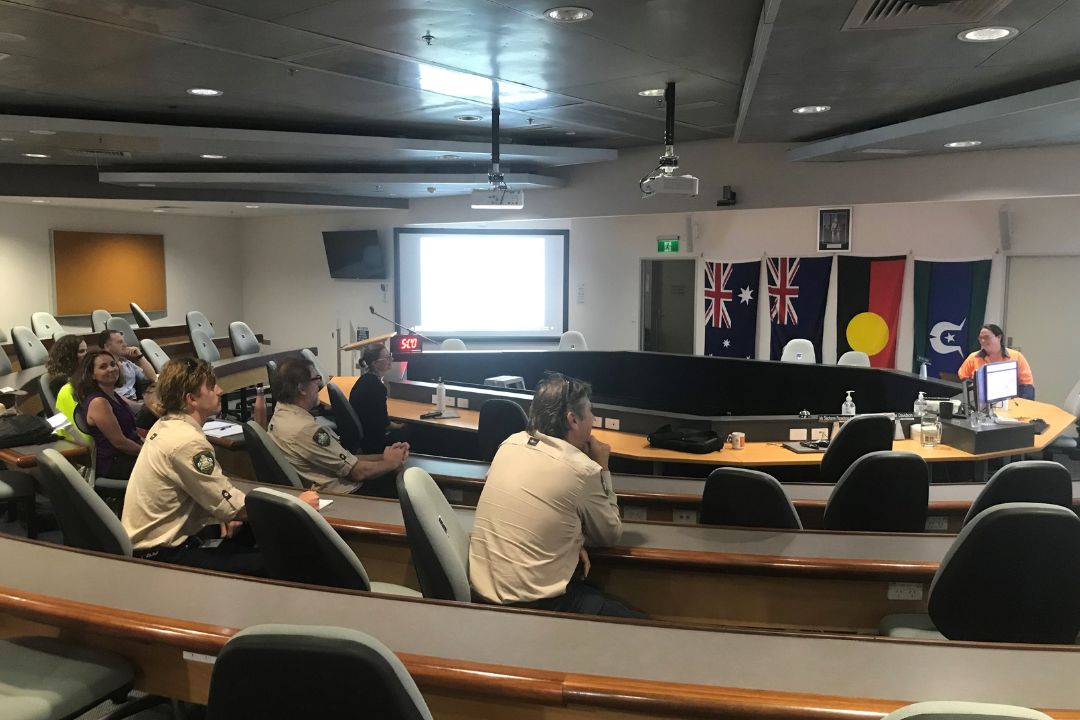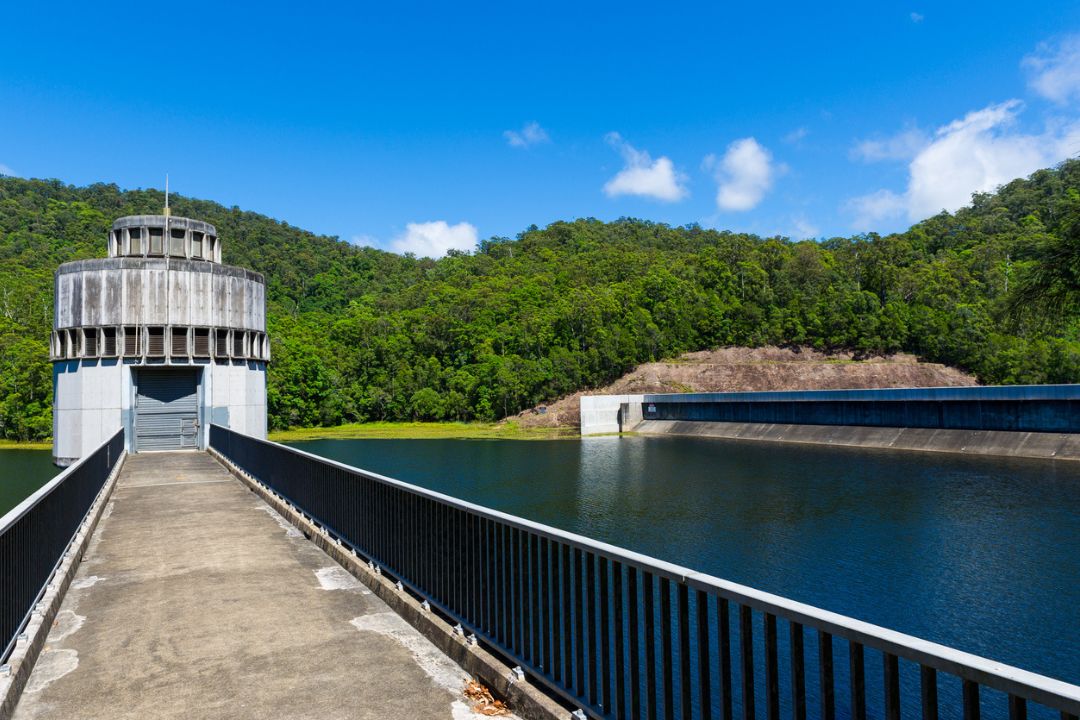Building resilience in regional NSW
WaterNSW is working collaboratively with local councils and water utilities across regional NSW as part of a program to reduce risks to water quality and dam safety and help build the resilience of communities.
The Town Water Risk Reduction Program (TWRRP) addresses some of the challenges facing local water utilities, including source water quality for regional towns, and the safety of regional dams.
The NSW Government recently announced $10 million funding for the TWRRP so that WaterNSW can provide vital support to local water utilities in regional and remote areas to help improve water security, safety, reliability and quality.
“One of the big lessons learned from the most recent drought is the water sector must collaborate more closely to build expertise and provide better access to niche skills outside the normal local government function,” Fiona Smith, WaterNSW Executive Manager Strategy and Performance, said:
“This program is a whole-of-government response that brings the strengths of the major entities in the water sector to local councils, who can choose to engage with the skills and knowledge that will best assist them.”
The new funding for TWRRP follows the success of pilot studies completed by WaterNSW with six regional councils - Tamworth, Orange, Clarence Valley, Tweed Shire, Hay Shire and Murrumbidgee.




Related links
Published date: 21 November 2023
WaterNSW acknowledges the traditional custodians of the lands and waters on which we work and pay our respects to all elders past, present and emerging. Learn more
